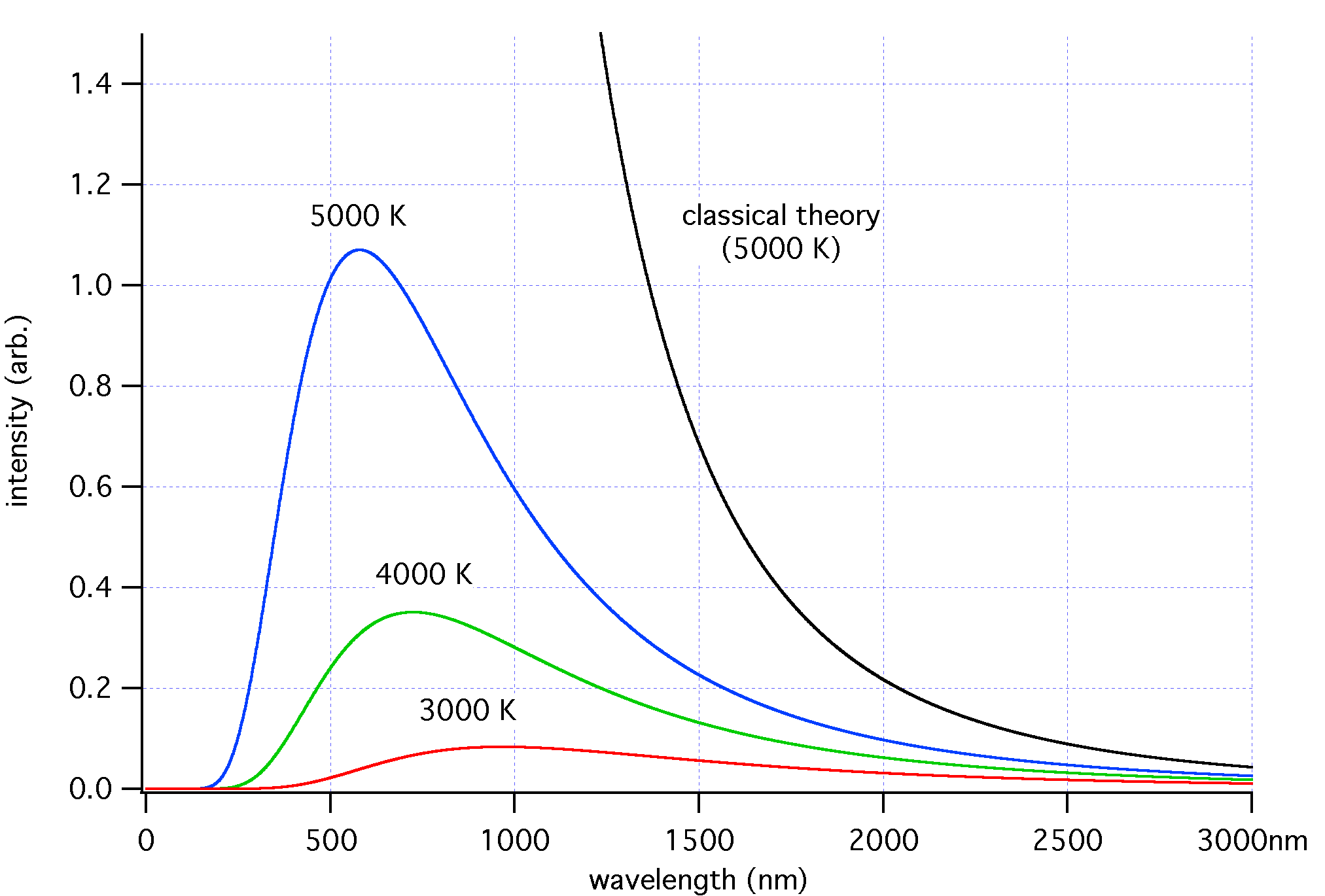thaumaturgy
Well-Known Member
Oh yes it is right. Do you have a physics degree? I do. And I have published in atmospheric radiative transfer. Now, if the temperature doesn't rise as rapidly as the radiation equations would require, then there are feedback loops which prevent it from happening.
Hmmm, I will have to obviously defer to the guy with the physics degree who has published in atmospheric radiative transfer, but why would I assume that a mass of any gas or any material would achieve a given equilibrium temperature nearly instantaneously?
Isn't there some transfer of energy going on from the CO2 to the other gases in the atmosphere? The entire atmosphere isn't all CO2 molecules, or all greenhouse gases for that matter, it is a mass of other gases which don't all necessarily absorb in the IR. Which means it must transfer some of that energy to the bulk of the atmosphere.
Why would any of this occur "at the speed of light"?
If I put water in a microwave (where it will absorb microwave radiation) it doesn't all get to the same temperature instantaneously.
Why would the atmosphere?
The factors that determine climate response times were investigated with simple models and scaling statements. The response times are particularly sensitive to (i) the amount that the climate response is amplified by feedbacks and (ii) the representation of ocean mixing. If equilibrium climate sensitivity is 3°C or greater for a doubling of the carbon dioxide concentration, then most of the expected warming attributable to trace gases added to the atmosphere by man probably has not yet occurred. This yet to be realized warming calls into question a policy of "wait and see" regarding the issue of how to deal with increasing atmospheric carbon dioxide and other trace gases. Science 30 August 1985: Vol. 229. no. 4716, pp. 857 - 859(SOURCE)
Upvote
0


